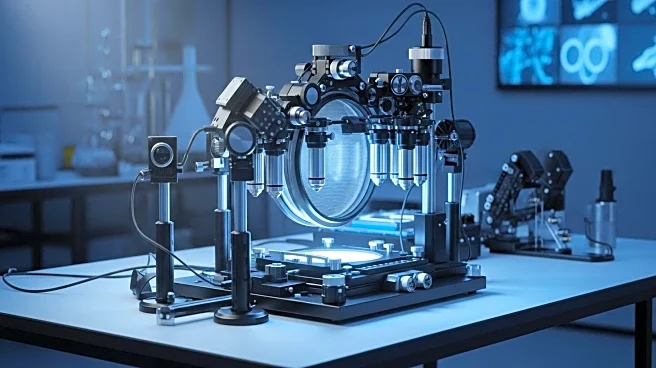What's Happening?
Researchers have developed a new optical sieve technology that simplifies the detection of nanoplastics in the environment. This method uses a standard microscope and camera to identify and size nanoplastics, offering a cost-effective solution for monitoring plastic pollution. The technology addresses the challenges of detecting particles smaller than a micrometre, which can accumulate in vital organs and carry contaminants.
Why It's Important?
The ability to detect nanoplastics is crucial for understanding their impact on health and the environment. This technology provides a practical tool for routine monitoring of waterways and biological samples, potentially leading to better pollution management and health assessments. By making detection accessible and affordable, the technology supports efforts to mitigate plastic pollution.
What's Next?
Researchers aim to develop a portable testing device for real-world samples, including blood and tissue. This advancement could enhance monitoring capabilities and inform policies on plastic pollution. Continued research and development may lead to widespread adoption of the technology in environmental and health sectors.











